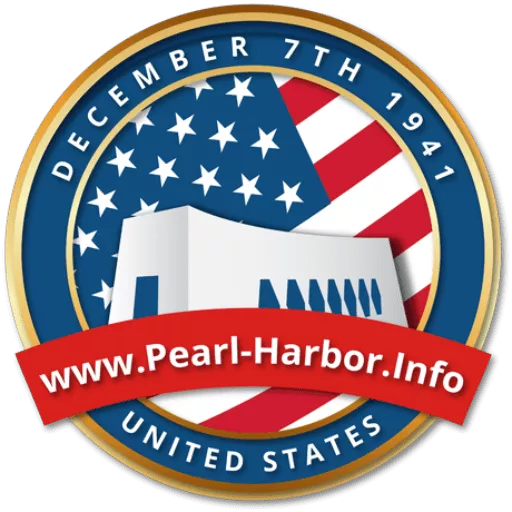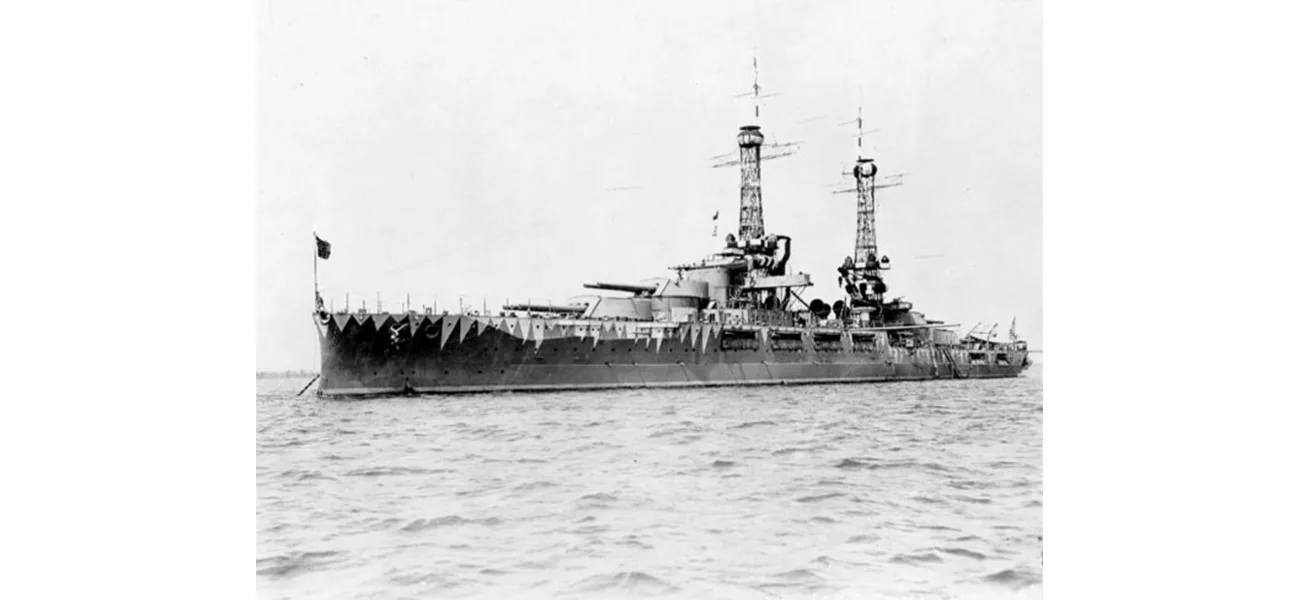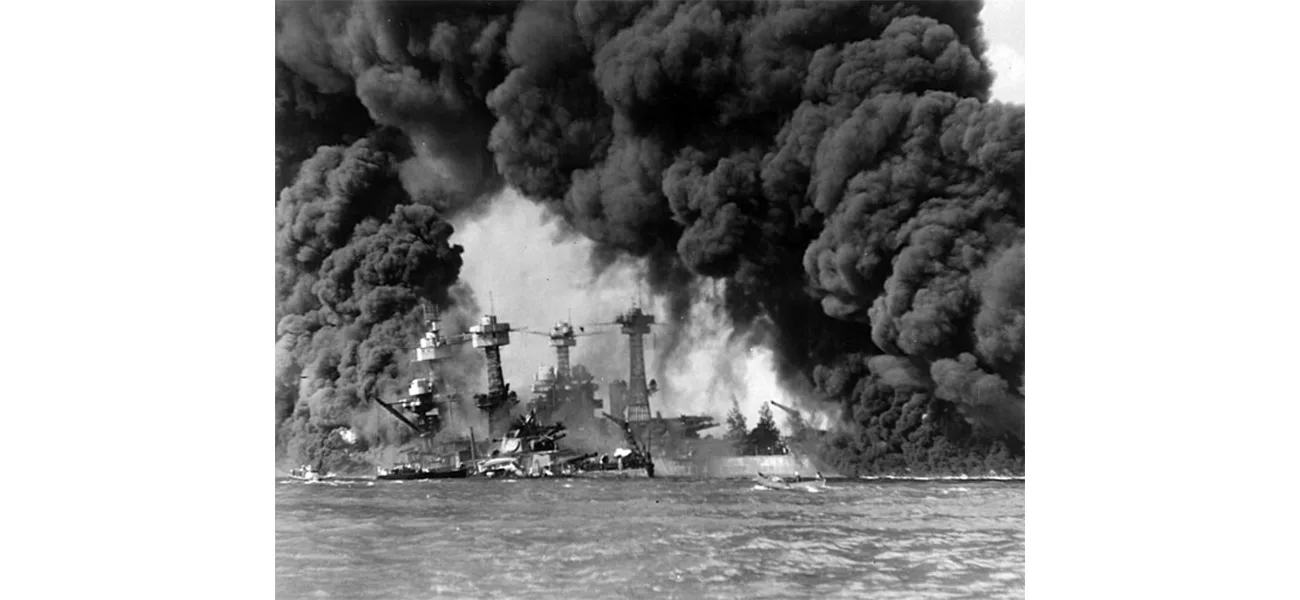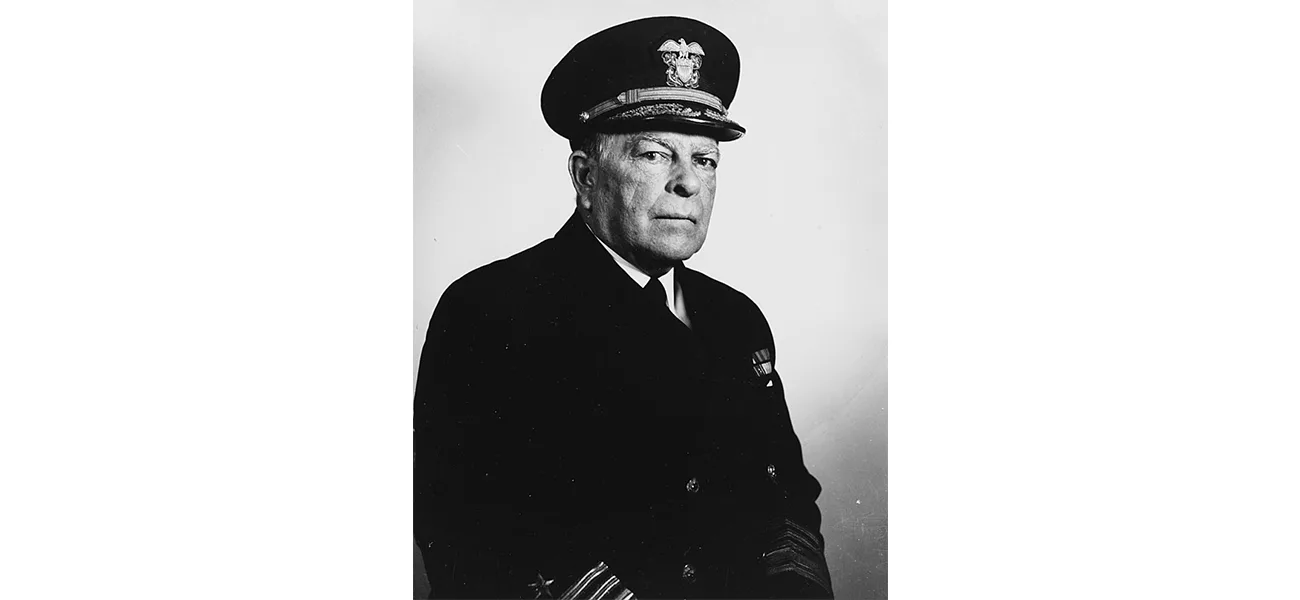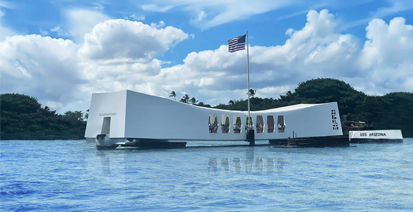USS Oklahoma Survivor Celebrates 101st Birthday
As each year passes, the number of Pearl Harbor survivors continues to dwindle, making the birthday celebrations of these brave individuals even more significant. One such hero, Bernie Weber, marked his incredible 101st birthday on March 21, 2019, with friends and family in Colorado. His milestone birthday is a testament to the resilience of a man who lived through some of the most harrowing moments of World War II.
A Front-Row Seat to History: Bernie Weber at Pearl Harbor
It’s hard to overstate the importance of Bernie Weber’s place in history. On December 7, 1941, he found himself right in the middle of the surprise attack by the Imperial Japanese Navy on the US naval base at Pearl Harbor. The attack would thrust the United States into the global conflict of World War II, ending its long-standing policy of isolationism. Bernie Weber was stationed aboard the USS Oklahoma (BB-37), where he became a firsthand witness to the devastating events that would change the world.
The USS Oklahoma was one of the ships hit hardest during the attack. Torpedoes struck the battleship, causing her to capsize and sink, with 429 crew members losing their lives. This tragic event made Oklahoma the second deadliest ship that day, after the USS Arizona (BB-39), which lost 1,177 sailors. Against the odds, Bernie Weber survived the sinking of the USS Oklahoma, a feat many considered miraculous. But the hardships he faced didn’t end there.
Surviving the Sinking of Two Ships
Bernie Weber’s survival of the USS Oklahoma sinking was only the beginning of his incredible journey during World War II. After being listed as missing in action (MIA) for ten days following the attack, Weber continued his service in the Pacific Theater, displaying remarkable courage and resilience. He was reassigned to the USS Northampton (CA-26), a heavy cruiser involved in operations in the Pacific.
Unfortunately, the fate of the USS Northampton would follow a similar path. During the Battle of Tassafaronga on November 30, 1942, the ship was struck by two torpedoes while engaged in an operation to block Japanese reinforcements from reaching Guadalcanal. The ship was severely damaged, and as it took on water, Weber once again had to escape a sinking ship. This marked the second time he survived the sinking of a ship during the war, an extraordinary testament to his survival instincts and unwavering determination.
A Life Worth Celebrating
Bernie Weber’s 101st birthday was an occasion to reflect on a lifetime of remarkable experiences. Surrounded by family and friends, Weber shared stories from his seven years of service in the United States Navy and the tragic events of December 7, 1941, and November 30, 1942. His life serves as a living connection to the harrowing experiences of those who fought during World War II, especially the survivors of the Pearl Harbor attack.
For those who remember the Pearl Harbor attack, Bernie Weber’s birthday is a reminder of the sacrifices made by so many. His survival through two ship sinkings is a testament to the courage and resilience of the greatest generation. Today, as fewer survivors remain, it is essential to honor their stories and ensure that the lessons of Pearl Harbor are never forgotten.
